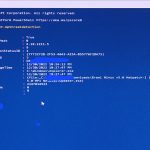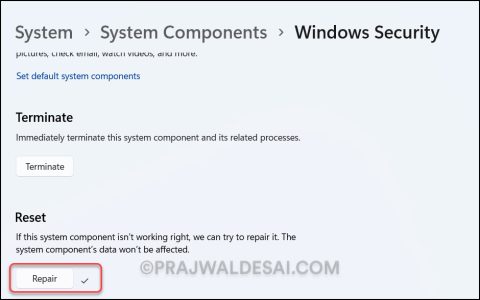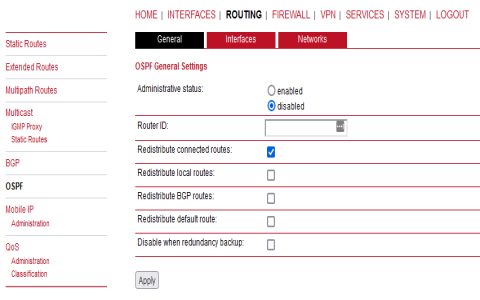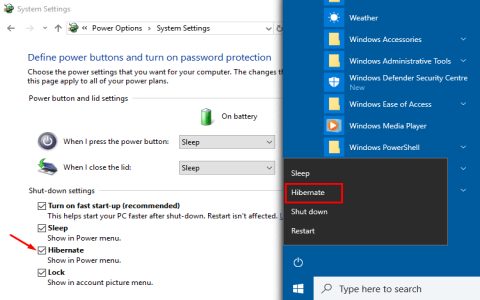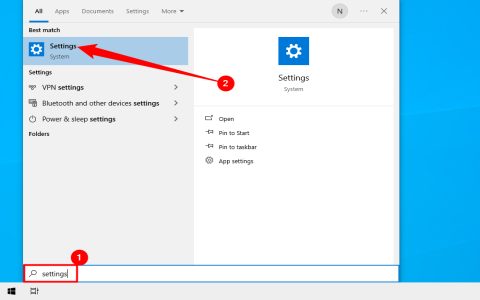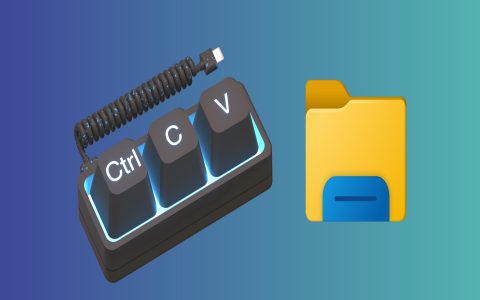Windows 10 failing to detect a second monitor is a common but frustrating issue. Implement these proven solutions systematically.
Immediate Basic Checks
- Verify Physical Connections: Ensure cables (HDMI, DisplayPort, DVI, VGA) are securely plugged into both the PC and monitor. Try different cables if available.
- Confirm Monitor Power & Source: Ensure the monitor is powered on and set to the correct input source (e.g., HDMI 1, DisplayPort).
- Use Projection Mode (Win+P): Press Windows Key + P and select "Extend" or "Duplicate". Sometimes this forces detection.
- Restart Your PC: A simple reboot resolves many temporary system glitches.
Update & Manage Display Drivers
Force Detection in Display Settings: Right-click desktop > "Display Settings". Click "Detect" under the "Rearrange your displays" diagram. Windows will attempt to find connected displays.
Update Graphics Drivers:
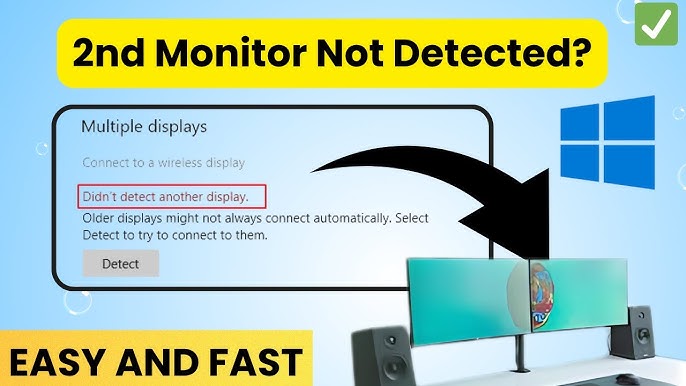
- Press Win+X > "Device Manager".
- Expand "Display adapters".
- Right-click your graphics card > "Update driver".
- Select "Search automatically for updated driver software".
Roll Back Drivers (If recent update caused issue): In Device Manager, right-click graphics card > "Properties" > "Driver" tab > "Roll Back Driver" (if available).
Completely Reinstall Drivers:
- Download latest drivers directly from manufacturer's site.
- In Device Manager, right-click graphics card > "Uninstall device". Check "Attempt to remove the driver software for this device" > Uninstall.
- Reboot. Windows may install a basic driver. Then run the downloaded driver installer.
Advanced Troubleshooting
Run Hardware & Devices Troubleshooter: Go to Settings > Update & Security > Troubleshoot > Additional troubleshooters > "Hardware and Devices" > Run the troubleshooter.
Check for Windows Updates: Install all pending updates, including optional updates, which sometimes contain critical driver/firmware fixes.
Change Projection Mode via Command: Open Command Prompt as Admin. Try:
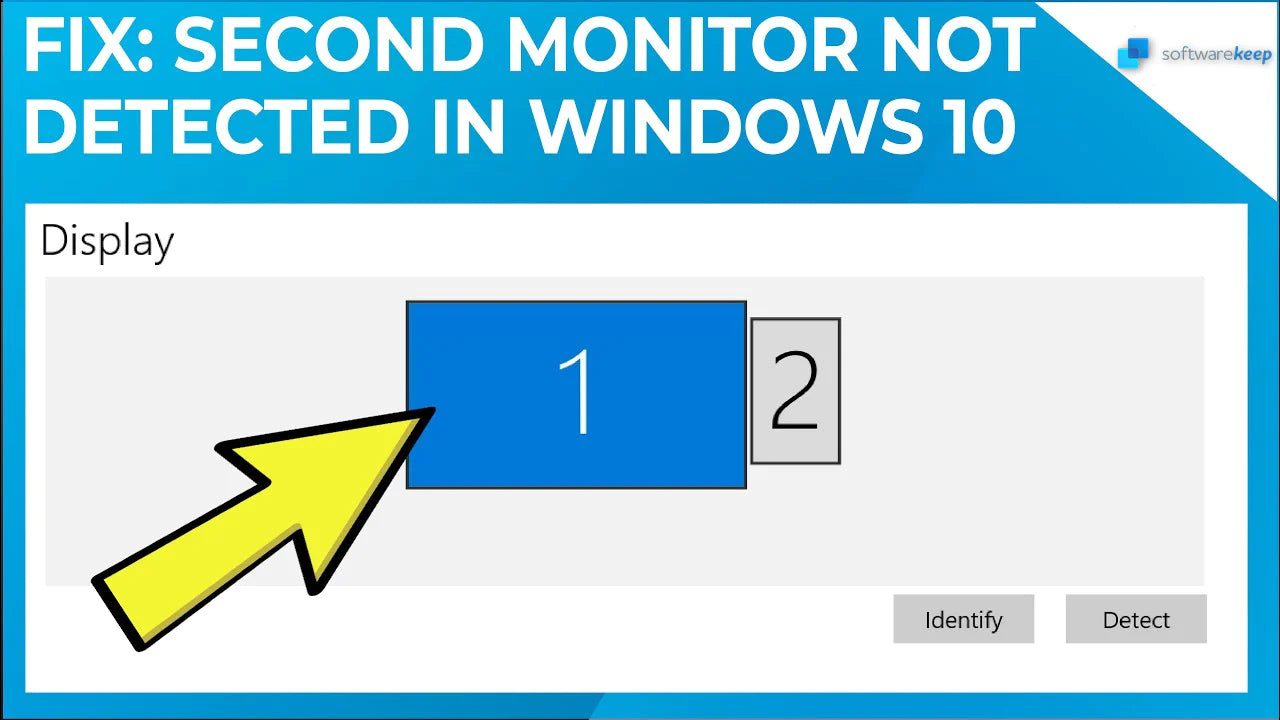
net stop wuauserv
net stop bits
net stop cryptsvc
net start wuauserv
net start bits
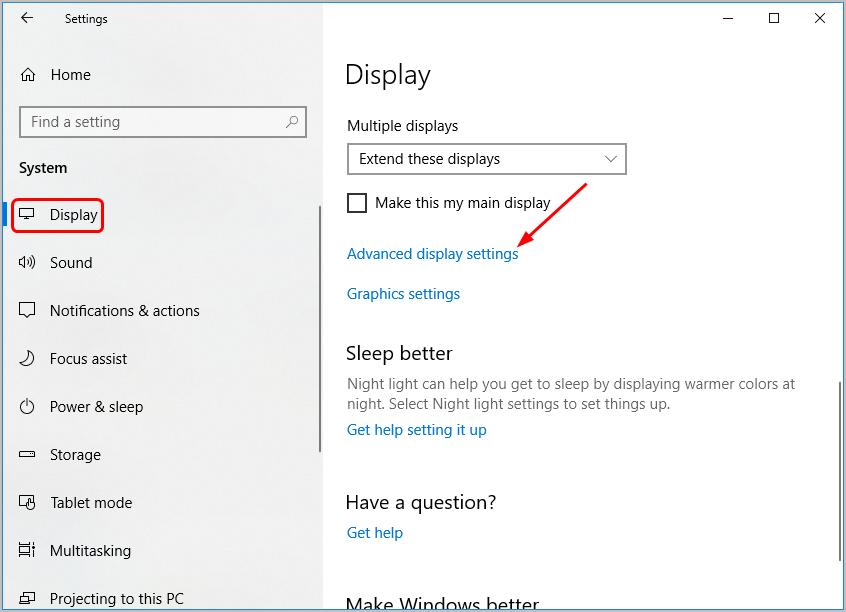
net start cryptsvc
(Restarts services, then try Win+P again).
Temporarily Disconnect Other Peripherals: Unplug non-essential USB devices/docking stations, as they can sometimes interfere with display detection.
Final Checks
- Test with Another Monitor/Port: Connect the second monitor to a different port on your GPU if possible. Try connecting it to another known working PC.
- Check GPU Power (Desktop PCs): Ensure all required power connectors are firmly attached.
- Monitor Firmware: Check the monitor manufacturer's website for firmware updates.
Methodically applying these solutions resolves the vast majority of second monitor detection failures in Windows 10.





